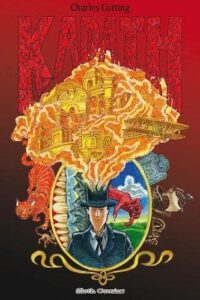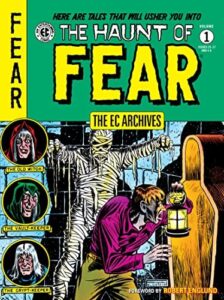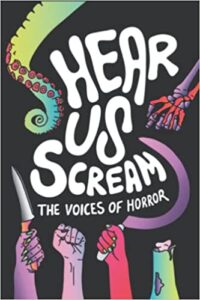Kadath, or the Dream Quest of Randolph Carter by Charles Cutting
Sloth Comics, 2015
ISBN-13: 9781908830074
Available: Paperback ( Amazon.com )
Kadath, or the Dream Quest of Randolph Carter, is based on H. P. Lovecraft’s 1943 novella, The Dream Quest of Unknown Kadath. Cutting does not offer a straightforward retelling in his Kadath, but rather a more entertaining and colourful version.
Randolph Carter dreams of a mysterious sunset city on three different occasions. His obsession with this perfect city becomes dangerous as he ventures on a quest within the dream world to find the elusive place called Kadath. The further he goes, the closer he gets to a terrible secret. Carter faces Zoogs, the cats of Ulthar, and more in his journey. The main character is also, in short, a jerk and wholy unreliable as a narrator. Cutting also includes a Kadath gallery and humorous two-page comic titled “Did Lovecraft Die a Virgin?” at the end of this volume.
The artwork in this graphic novel is notable in its detail and vibrant colours. There are times where Cutting’s artwork makes me think of Noel Fielding’s strange and psychedelic art pieces and character designs, which seems right at home in a dreamscape. This is an entertaining and well-illustrated graphic novel. I would encourage readers interested in retellings of Lovecraft to seek this out. Highly recommended.
Reviewed by Lizzy Walker
 0
0





Follow Us!